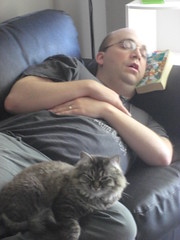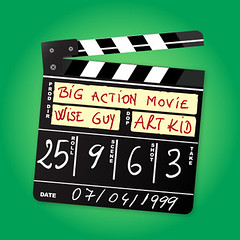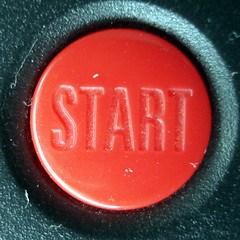For the most part, the primary way we see backstory is in narration—and this can be the trickiest mode of exposition of all. One of the biggest dangers here is getting into info dump territory: supplying all the information and context and life stories of everyone involved. Hopefully, when we’re using only “shards of backstory,” and only what’s absolutely necessary, that’s less of a problem—but sometimes it’s still tough to make sure that backstory remains interesting.
Being quick about it is especially important. Even if backstory is informing the current story, it still slows the current reader. As Theresa Stevens, editor, says (emphasis added):
Give the reader just enough to allow them to comprehend how the past event is linked to the current event. Use a minimal number of words, and return to the story timeline as quickly as possible. The story, after all, is what keeps the reader turning pages.
The story—the real story, the present action—is a great way to give any important backstory significance and relevance. Back in our series on tension and suspense, I pointed out a Mystery Man column at the Story Department about this kind of necessary exposition. Mystery Man says (emphasis added):
Great exposition is always in the context of something else. A scene should never be about exposition only. You should feed the exposition in the context of some other scenario that’s going on in the scene whether its poisoned food that’s eaten by a bad secret agent monkey or whether it’s something else interesting going on between the characters, such as a contest of wills, a budding love story, or perhaps exposition that’s being told to a secretly bad character who will use that information against the protagonists.
 Backstory is best dispersed not just in small bursts, but in small bursts at the moment you need it—”in the context of some other scenario that’s going on in the scene.”
Backstory is best dispersed not just in small bursts, but in small bursts at the moment you need it—”in the context of some other scenario that’s going on in the scene.”
The theory I’ve heard is generally to wait as long as you can, and then reveal to the reader (or the characters) the rest of the story (RIP, Paul Harvey). The right moment is, of course, the one where the revelation will have the greatest impact.
Say, for example, the hero and heroine are arguing. The content of the argument seems silly to the reader—where to put an orange chair, let’s say. She votes for a.) the dump, or b.) the corner, under this lovely slipcover. He votes for a.) what’s the matter with my chair?, and b.) how dare you move it?, even though he’s already said how much he hates that orange chair. The reader and the heroine are mystified. The hero says mean and nasty things; the heroine runs away.
Then—the moment of greatest impact—we get one sentence of his thoughts—that heroine just wants to control him, like his mother did. Not two pages of sequel where he explains exactly how his mother always made him feel and how she treated him and on and on. Here, the information is revealed in the context of conflict, quickly, and at the moment when the reader needs it.
Naturally, my example is terrible, and there are lots of other ways to handle that particular scenario, but the point here is the timing.
What do you think? How do you determine when to reveal backstory? How do you do it in narration?
Photo by Phil Ladouceur








